|
So far, we've learned how to grow our own herbs for a beautiful dressing. Then, we learned how to grow lettuce from seed. Easy peasy! Now, it's time to take your homegrown salad from plain to GORGEOUS. Growing flowers is a passion of mine, and edible flowers are extra special because they are equally beautiful and useful. When you add edible flowers (usually just the petals) to your salad, you are elevating your meal to a whole other level. Oh, and your dinner guests will think you are tres chic. Today I'm sharing my top five easy-to-grow edible flowers. These flowers are easy to access either by seed or from your local garden center. IMPORTANT NOTE: Please know that not ALL flowers are edible. Carefully research before you eat flowers that are not on this list, as some can be quite poisonous. For example, sweet peas are a beautiful cut flower, but all parts of that plant are incredibly toxic. Please have fun, but be careful here. ONE: NASTURTIUMS Nasturtiums are quite possibly my favorite annual edible flower. They are so easy to tuck into empty spots in your kitchen garden or edible landscape. Their beautiful, lily pad-like leaves have a lovely bold texture, and their flowers come in so many different colors. I'm sure you'll find a variety that calls to you. Nasturtiums are not fussy about good soil and will reseed themselves readily if you let them. Who doesn't love free plants? Growing Note: If you are starting nasturtiums from seed, soak the seeds for 12 hours before planting. Pre-soaking helps to shorten germination time. If you are starting them inside, when it is time to plant them out (usually when they have 6-8 true leaves), take care not to disturb their roots. They do not like to have their roots jostled or pulled. Pop them out of their container and directly into the soil in a full sun location. Height: 1-2' Flavor: Peppery, like arugula Favorite Varieties: Ladybird Rose, Gleam Salmon, Aloha Mix, Vanilla Berry TWO: VIOLAS & PANSIES These sweet little flowers can be added whole or as petals to salads or sugared for a delicate decoration on desserts. These are cold hardy plants and grow all winter in my Zone 8b garden. They don't love the heat, though, and will likely die back in the summer. But they reseed easily, so you'll see volunteer baby plants popping up when the weather cools off in Fall. Growing Note: If starting indoors, the seeds require darkness to germinate, so cover lightly with soil. Height: 6-12" Flavor: delicately floral Favorite Varieties: Antique Shades Pansy, Gem Pink Antique Viola, Dynamite Lavender Pansy THREE: CALENDULA This plant is the workhorse of the edible garden. They bloom almost year-round for me, reseed and volunteer readily, and are a pollinator magnet. Thankfully, we have so many beautiful new varieties than just the original orange type. I pull the petals off the flower and sprinkle them on my salads for a pop of bright color. Use your calendula flowers to make nourishing skin healing salves too. Height: 1-2' Flavor: can be spicy, tangy, peppery (reminiscent of saffron) Favorite Varieties: Ivory Princess, Bronze Beauty, Greenheart Orange FOUR: BORAGE Borage is a best friend of bees and other pollinators. They have a wildflower look about them with pretty, star-shaped blue flowers that can be added whole to your dish. They will seed themselves around quite a bit but are easy to dig up and relocate if needed Height: 1.5 - 2.5' Flavor: Reminiscent of cucumber Favorite Varieties: I only know of one type of borage. It is blue-flowered with fuzzy leaves and stems. FIVE: ROSES Roses are, by far, one of my favorite shrubs in the garden. I've been collecting them for years, especially the fragrant ones. I prefer the smaller, aromatic English varieties for my edible flower dishes since the petals tend to be smaller. Don't worry, you don't have to eat the whole flower head! Again, pull the petals off the flower heads and sprinkle them into your salad bowl and mix. The white, pink, coral, or red-colored petals will stand out. I have roses that smell like melon or grapefruit, so those tend to be the ones I use in salads because the scent isn't overwhelmingly "rosey." Height: Varies; 2' - 5' Flavor: delicately floral and slightly sweet Favorite Varieties: Scented varieties like Crown Princess Margareta or Lady Emma Hamilton, or bicolored petals like my Bulls Eye Rose HONORABLE MENTIONS Here are some other edible flowers that didn't make my top 5, but are still very good:
USING EDIBLE FLOWERS IN YOUR GARDEN DESIGN When I'm designing a kitchen garden or integrated edible garden for myself or a client, I rely heavily on edible flowers to fill in the gaps between other plants. Tucking a viola between a couple of broccoli plants looks sweet and adds that pop of color that our kitchen gardens are usually missing. I also love planting nasturtiums at the edge of raised beds and letting them spill over the side for a full, billowy look. Try tucking any of the annual edible plants I mentioned above (basically everything except for the rose) into your kitchen garden and notice how many more pollinators visit. Mostly, I hope you have fun with it! I know it can seem a little weird to eat flower petals at first, but the flavor is usually mild, and the unique color they add to a dish is worth it. I hope you give it a try! It has been a pleasure to guest post on the Tri For Real Blog for the past month! I hope that these posts have shown you just how easy it is to grow food in your backyard, or front yard, or balcony! I'd love to know that there are more gardeners out in the world eating beautiful, flavorful, and nutrient-rich food. Show me those gorgeous salads! Tag me @revivalgardenco if you post the pictures to Instagram. In the meantime, happy gardening! Sara Cory is a garden designer, garden coach, and founder of Revival Garden Company. She is dedicated to helping new and established gardeners create edible and cut-flower gardens that are both beautiful and productive. Because every good flower needs a happy plate of food to sit on... Keto Berry "Cream Cheese" Bites Recipe by: Tiana Rockwell, FNTP Crust Ingredients:
⬢ 1 Cup Halved Pecans ⬢ 2 Tbsp. Coconut Flour ⬢ 2 Tbsp. granulated Swerve ⬢ 2 1/2 Tbsp. Refined Coconut Oil, melted ⬢ 1 Tbsp Creamy Almond Butter or Cashew Butter ⬢ 1/2 tsp. Pure Vanilla ⬢ large pinch Sea Salt Berry "Cream Cheese" Filling Ingredients: ⬢ 8 ounces cashew cream cheese, softened ⬢ 3/4 cup blueberries, raspberries, or other low sugar berry of choice ⬢ 6 tablespoons salted butter or ghee, softened ⬢ 1/4 cup confectioners swerve ⬢ 1 teaspoons vanilla extract Directions: 1. In a food processor, process the pecans until they are crumbly. Do not over process. You do not want pecan butter! 2. Add the remaining crust ingredients and process until combined. 3. Spoon the mixture into 12 silicon muffin cups and press the crust evenly into the bottom. 4. Place in the freezer while you make the filling. 5. Meanwhile, place the berries in a blender and pulse until pureed. 6. In a large bowl, combine the berry puree, swerve, and vanilla and stir until mixed well. 7. Add the softened cashew cheese and butter to the berry puree. With a hand mixer, mix until smooth and no chunks of butter or cream cheese remain. 8. Remove the crusts from the freezer. Using a spoon, top each crust with a layer of berry "cream cheese" filling. 9. Optional, but pretty awesome- top each dessert with an edible flower (pansy's are great for this!) 10. Freeze the desserts until hard, approximately 2 hours.
0 Comments
Leave a Reply. |
AuthorTiana Rockwell is a certified nutritional therapist, avid endurance athlete and dark chocolate lover. She believes that by eating REAL food, we can balance our body and reach optimal health and wellness! Archives
May 2022
Categories
All
|

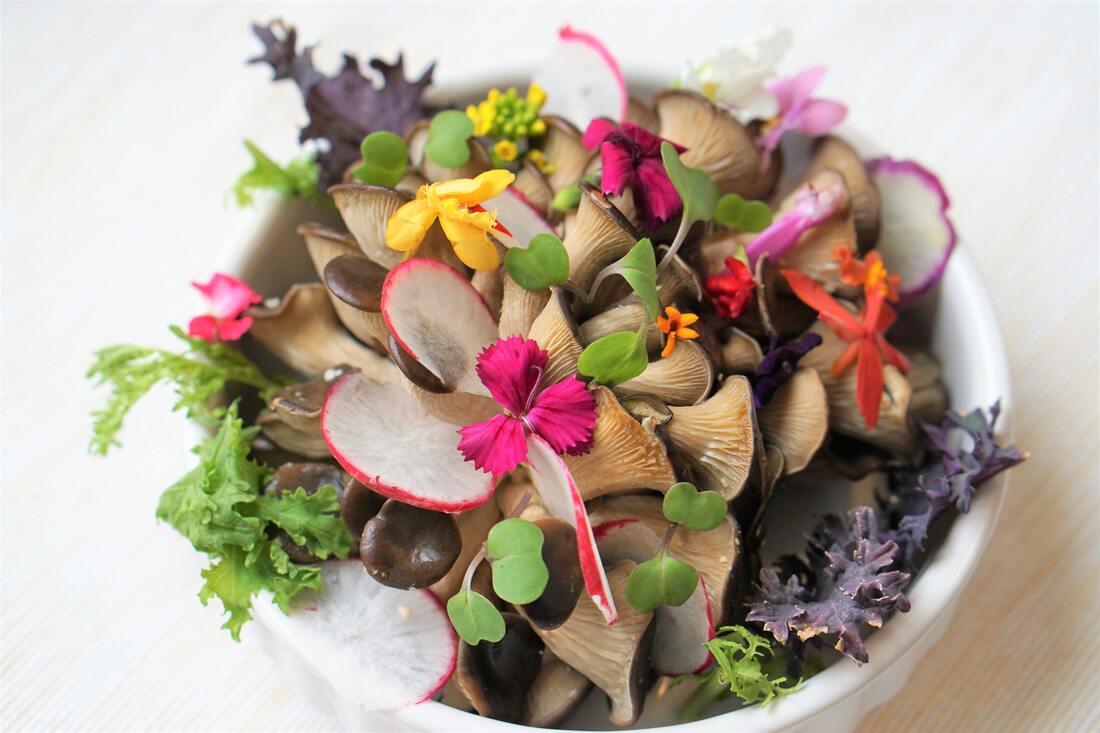
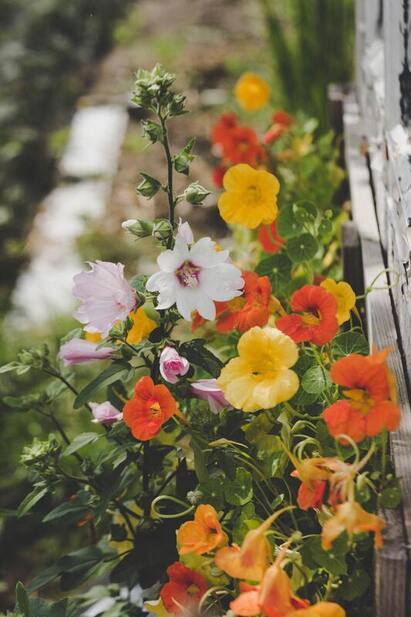
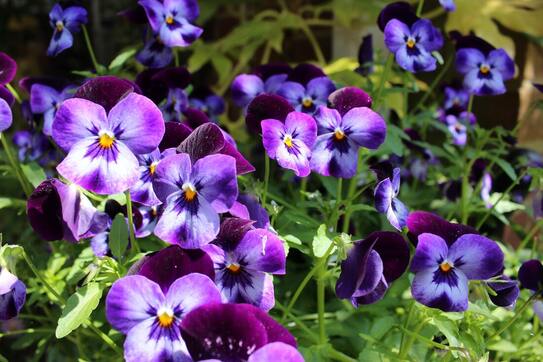
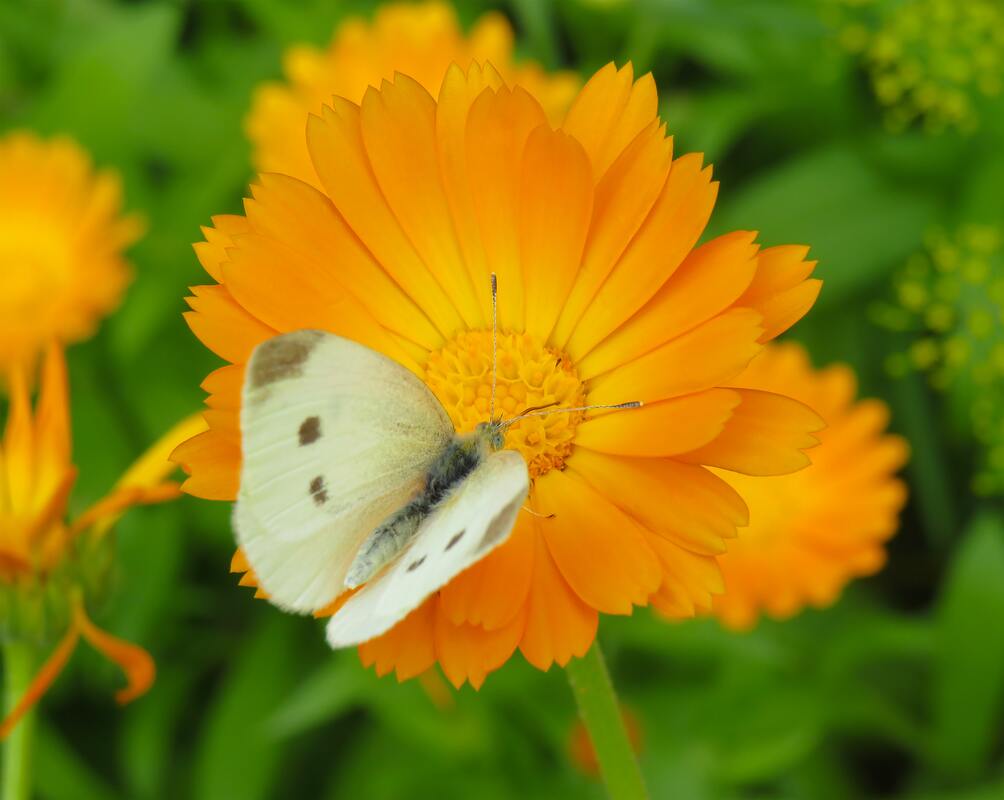
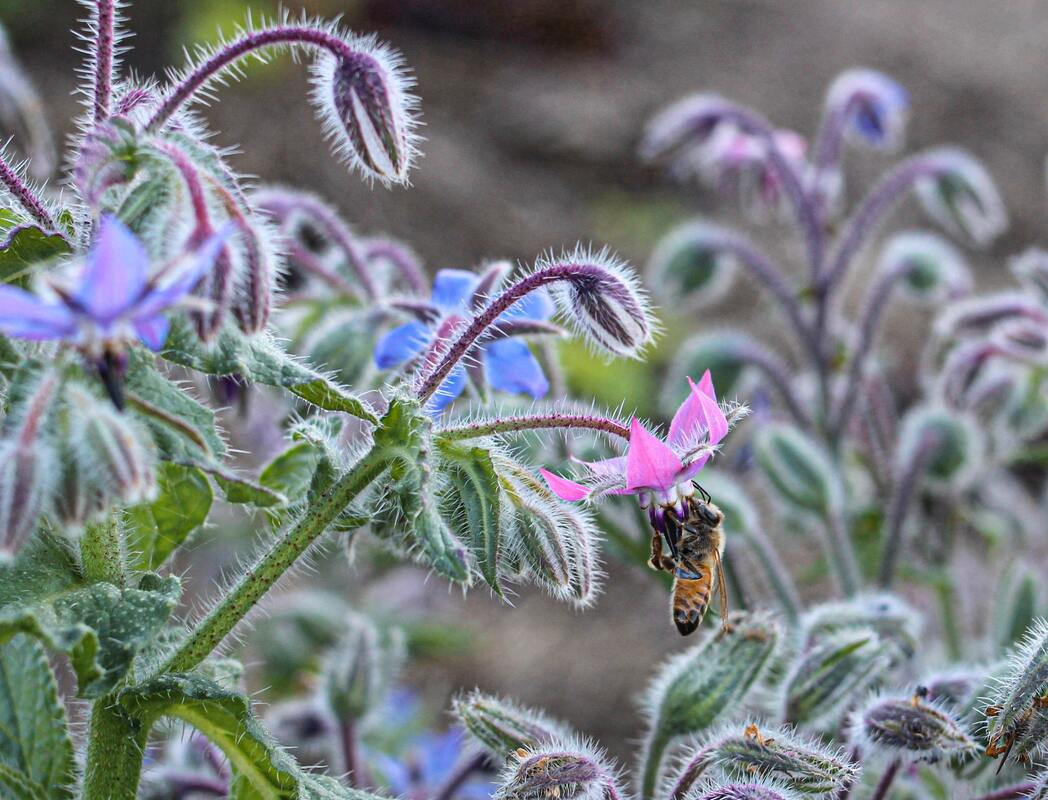
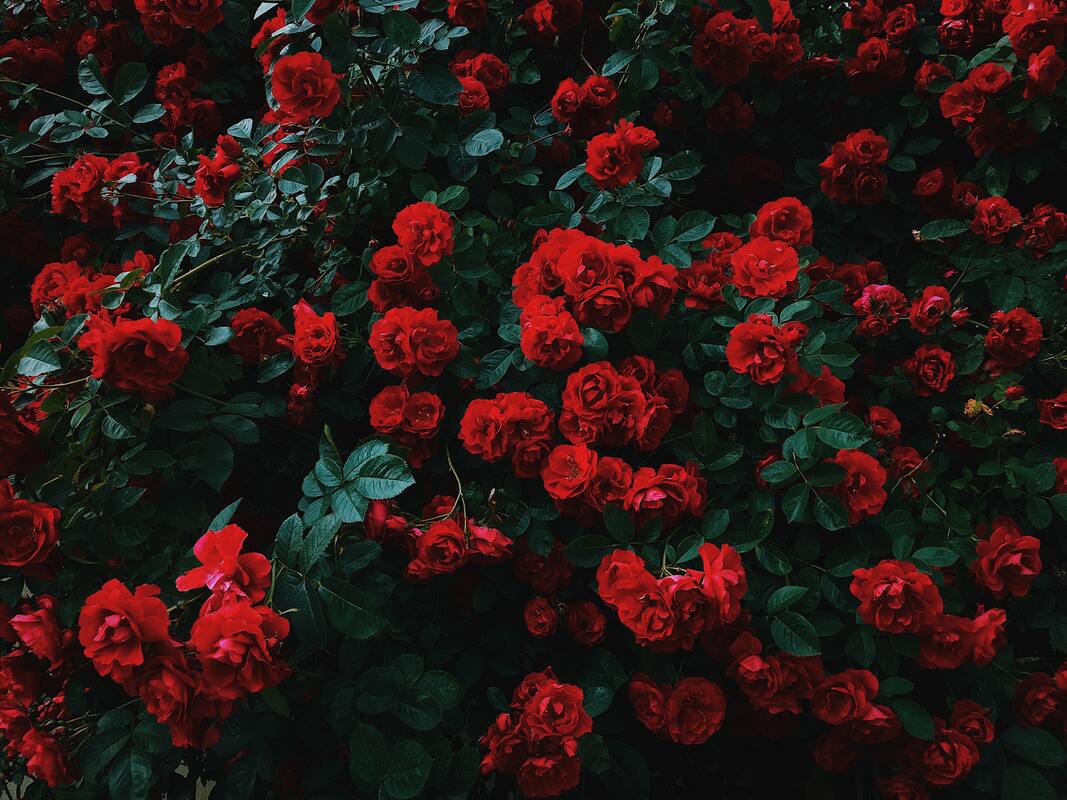
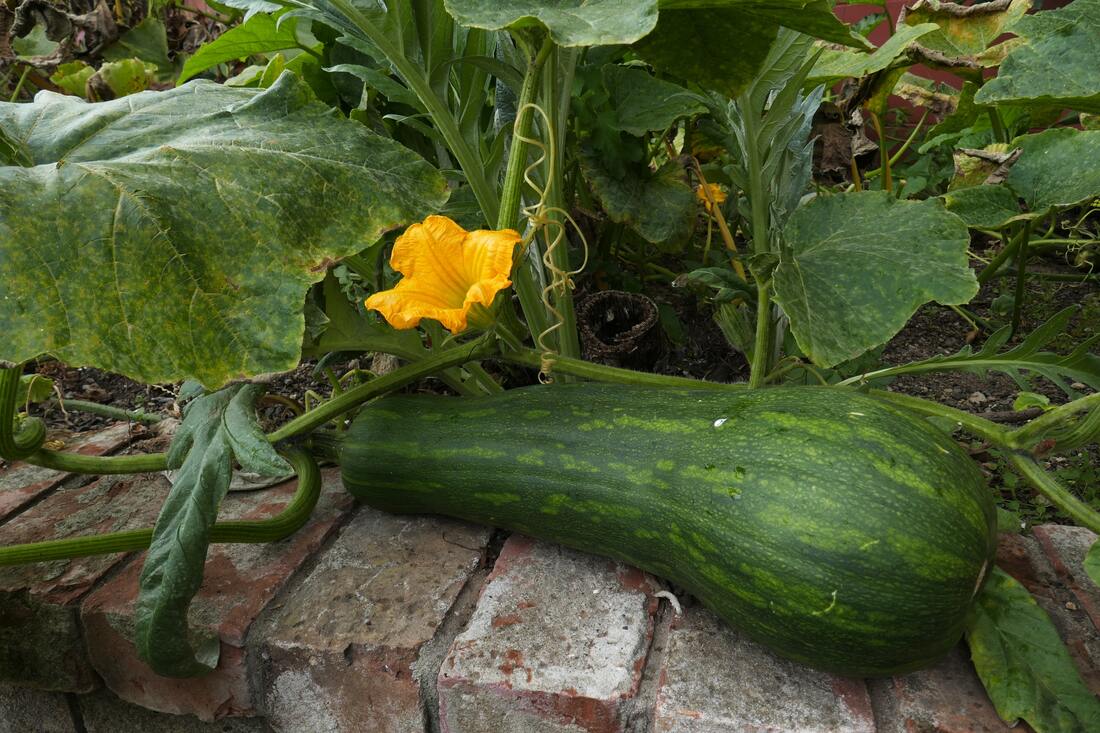
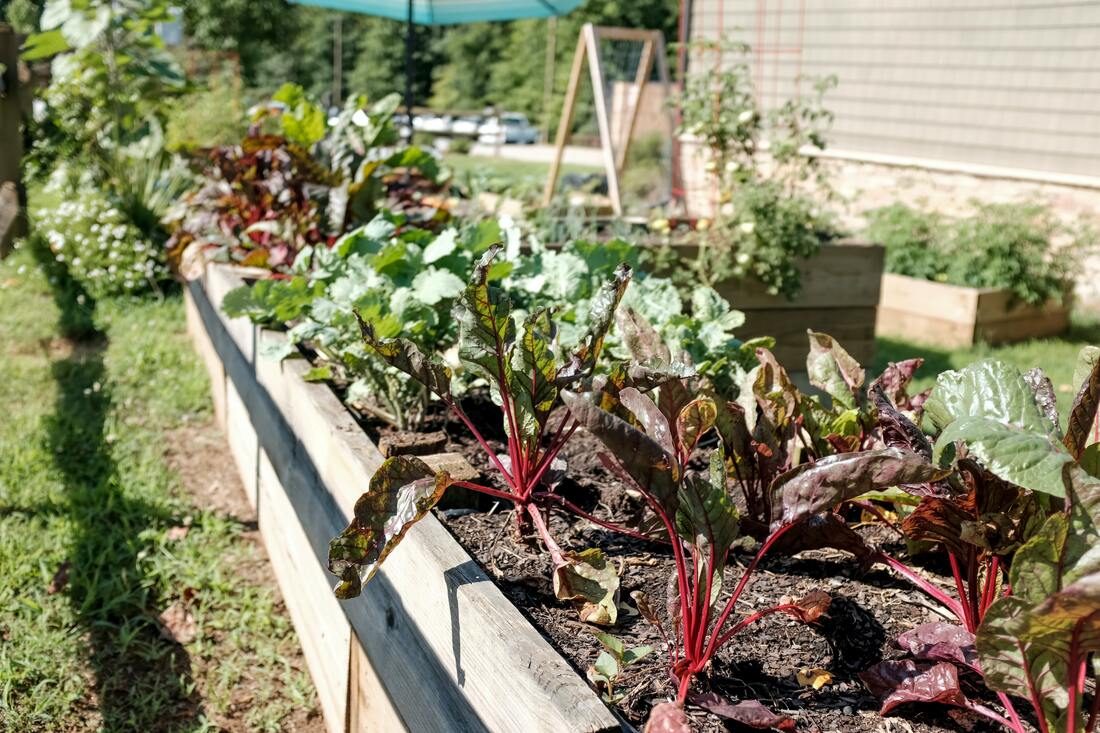
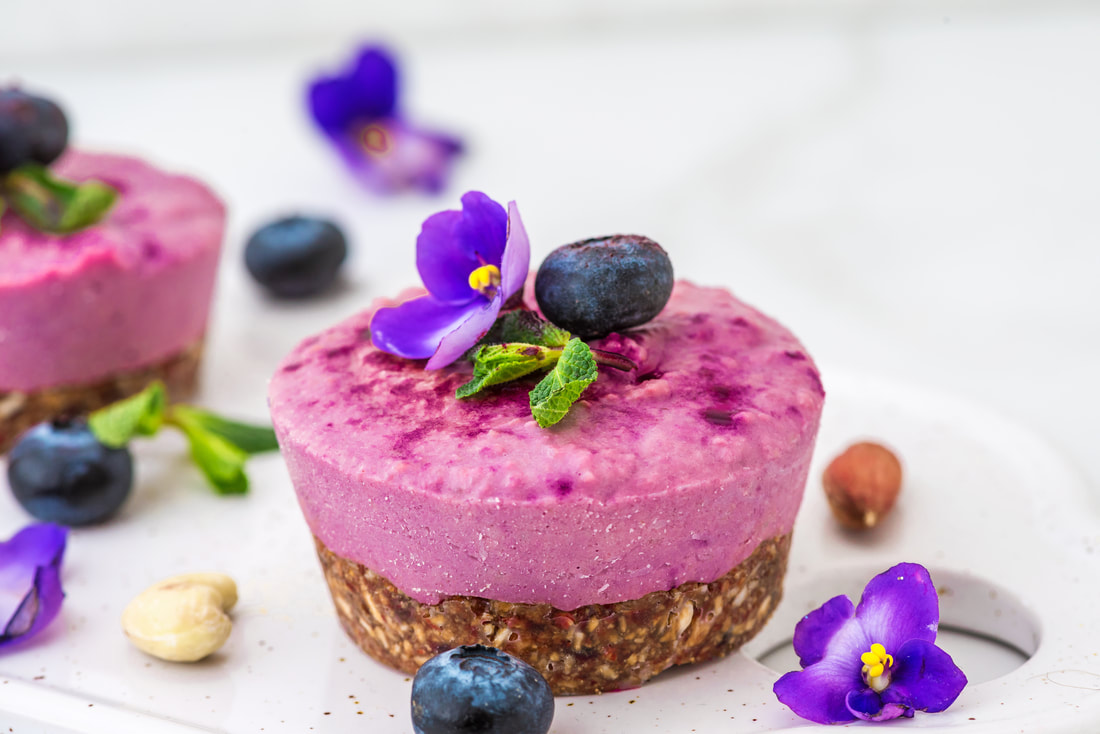
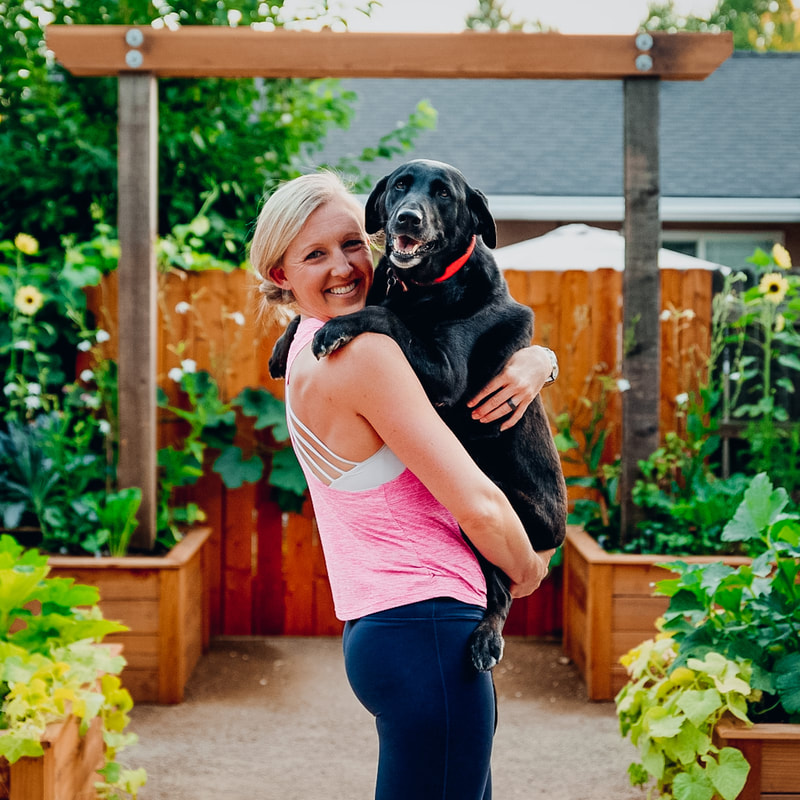
 RSS Feed
RSS Feed